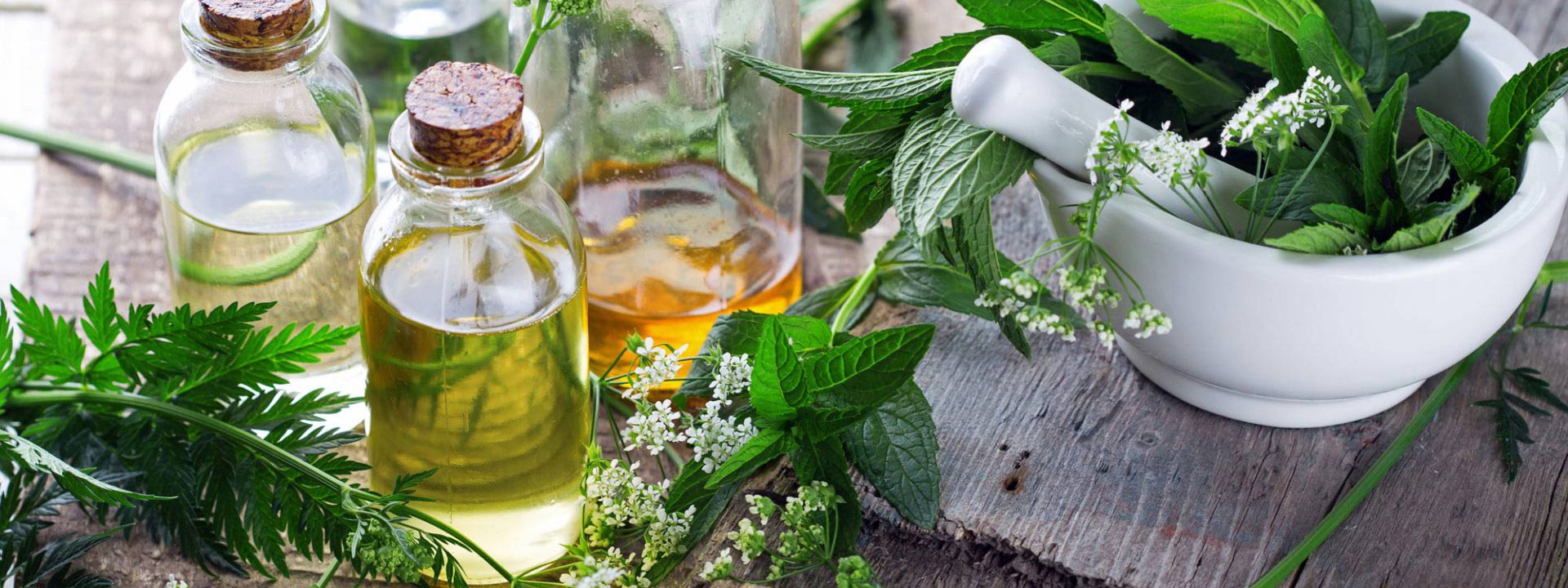Phytotherapy in the Mani
Herbalism, also called phytomedicine or phytotherapy, is the study of botany and pharmacognosy and the use of medicinal plants, which are a basis of traditional medicine. Although there is limited scientific evidence for the efficacy of plants used in 21st century herbalism (which generally does not provide standards for purity or dosage), the scope of herbal medicine commonly includes the application or ingestion of plant, fungal and bee products, as well as some minerals. Modern prescription drugs that have a basis as herbal remedies include aspirin and quinine.

In the Mani, an area that was for hundreds of years heavily suppressed by foreign invaders and whose population had to rely entirely upon itself for health care, sustenance and well-being, the elders have much knowledge of botanical remedies for a variety of medical afflictions and conditions.
Archaeological evidence indicates that the use of medicinal plants dates back to the Paleolithic age, approximately 60,000 years ago. In ancient Egypt, herbs are mentioned in Egyptian medical papyri, depicted in tomb illustrations, or on rare occasions found in medical jars containing trace amounts of compounds of plant origin.
The earliest known Greek herbals came from Theophrastus of Eresos who, in the 4th century BC, wrote the Historia Plantarum in Greek, from Diocles of Carystus who wrote during the 3rd century BC, and from Krateuas who wrote in the 1st century BC. Only a few fragments of these works have survived intact, but from what remains, scholars noted overlap with the Egyptian herbals. Herbs were also commonly used in the traditional medicine of ancient India, where the principal treatment for diseases was diet. De Materia Medica, originally written in Greek by a physician and botanist, Pedanius Dioscorides of Cilicia (c. 40-90 AD), is one example of herbal writing used over centuries until the 1600s.
